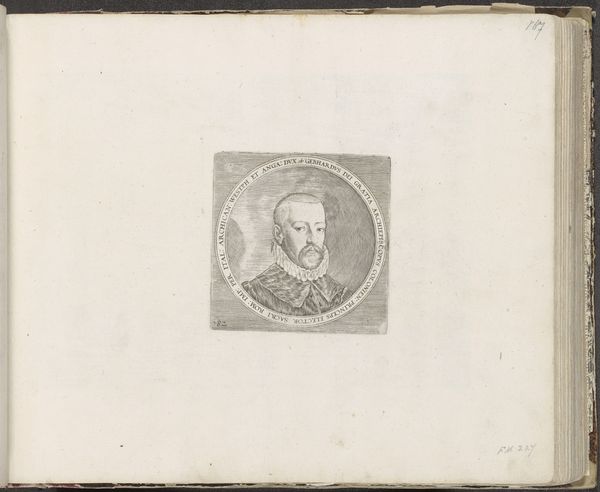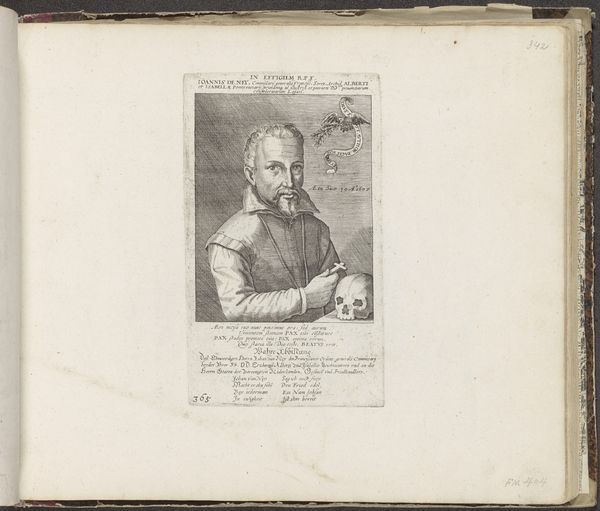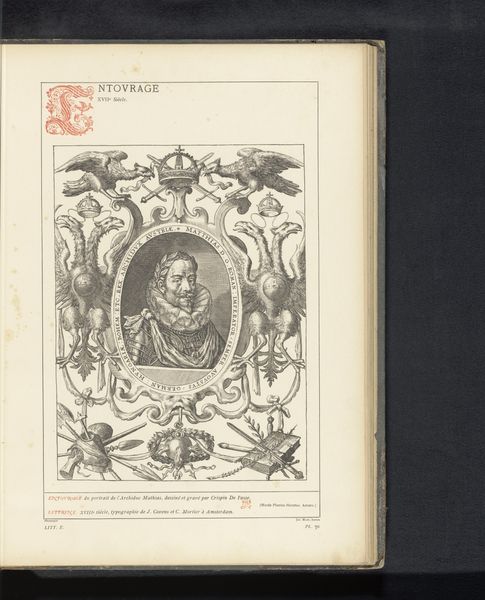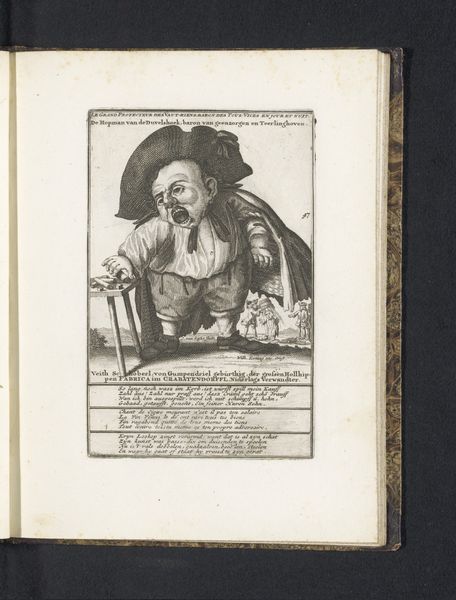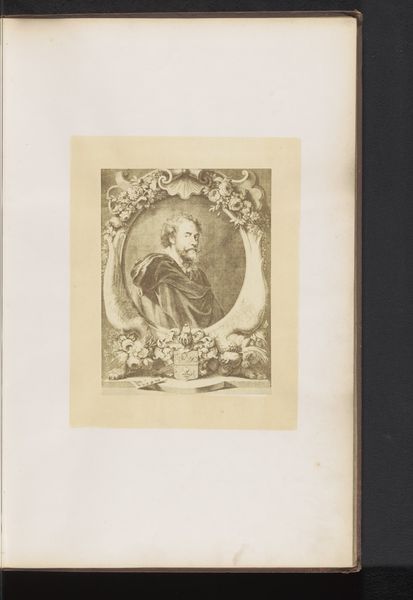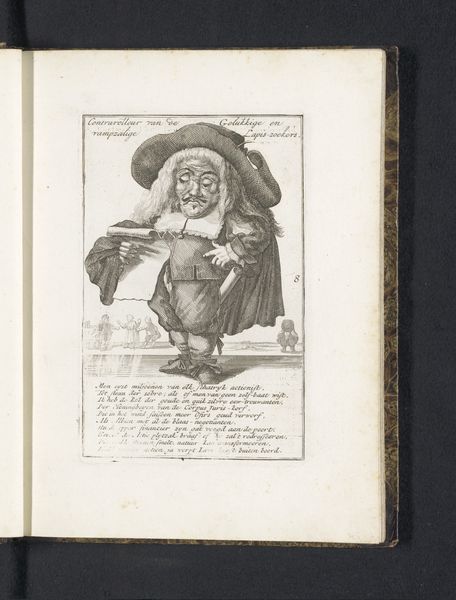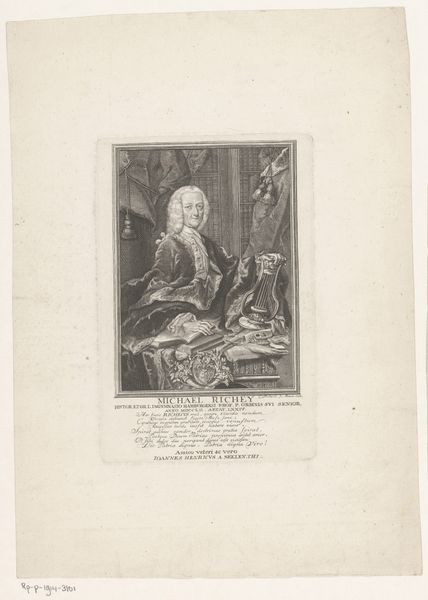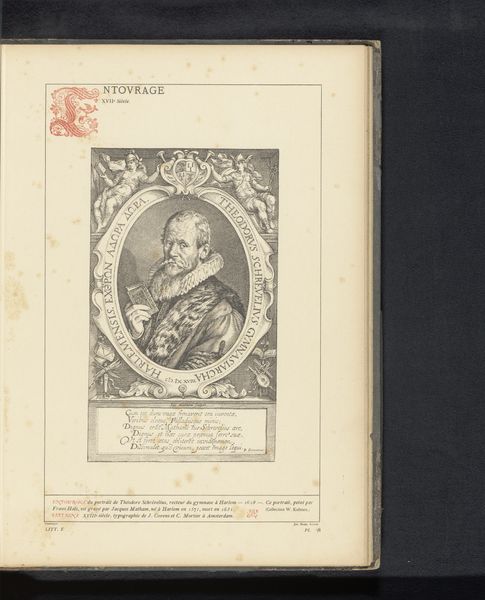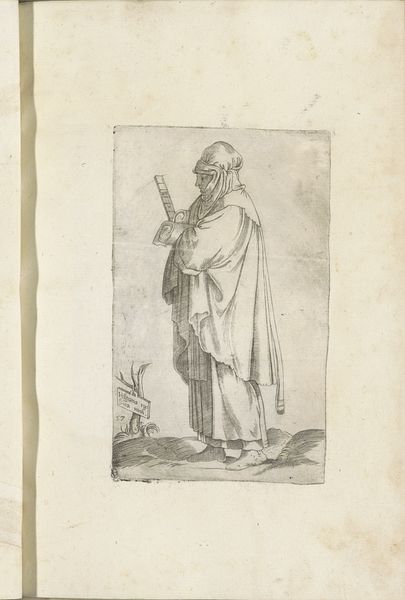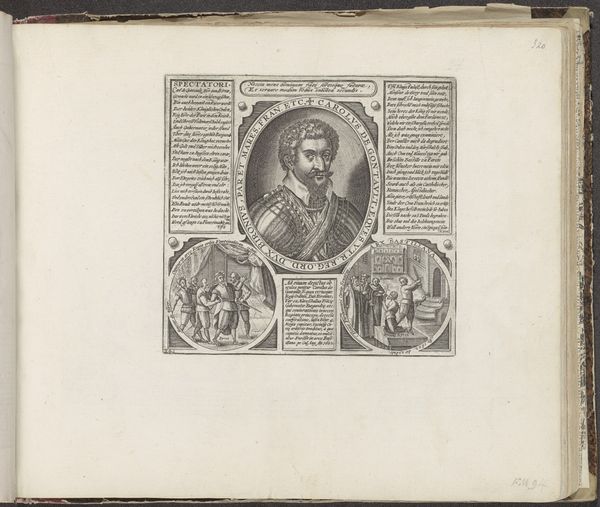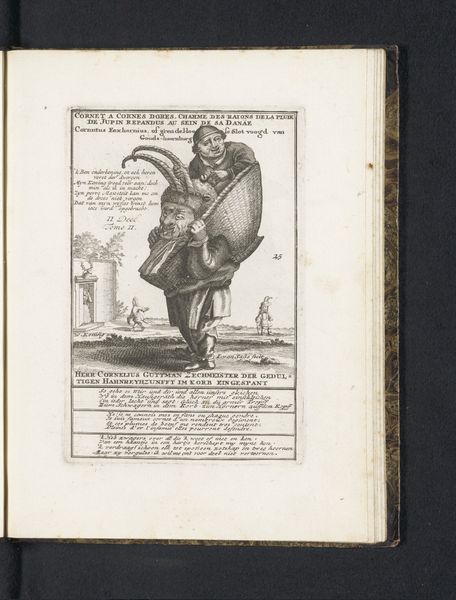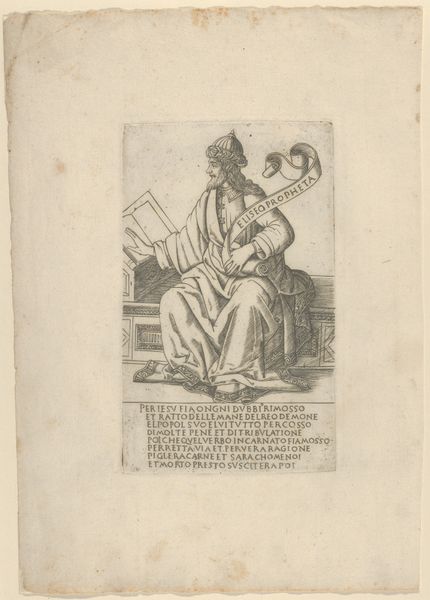
#
aged paper
#
toned paper
#
sketch book
#
personal sketchbook
#
pen-ink sketch
#
ink colored
#
sketchbook drawing
#
watercolour illustration
#
sketchbook art
#
watercolor
Dimensions: height 210 mm, width 172 mm
Copyright: Rijks Museum: Open Domain
Frans Hogenberg created this print of Adolf, Count of Nieuwenaar and Meurs, around 1580, using a metal engraving technique. The process begins by incising lines into a metal plate, likely copper. These lines hold ink, which is then transferred to paper under high pressure. The material qualities of the metal and paper are crucial here. The fine lines, precisely cut, allow for detailed representation. Notice the textures of the Count's armor and clothing. The engraving process itself, demanding skill and time, elevates the image. Prints like these played a crucial role in disseminating images and information in the early modern period. They were part of a burgeoning print culture, driven by increasing literacy and the demands of commerce and politics. The amount of labor involved in creating each plate, and the many prints that could be made from it, speaks to the changing landscape of art production at this time. Ultimately, understanding the material and the making shines a light on the social and cultural significance of this portrait. It encourages us to consider the wider context of production and consumption, and to recognize the value of both artistic skill and mechanical reproduction.
Comments
No comments
Be the first to comment and join the conversation on the ultimate creative platform.
